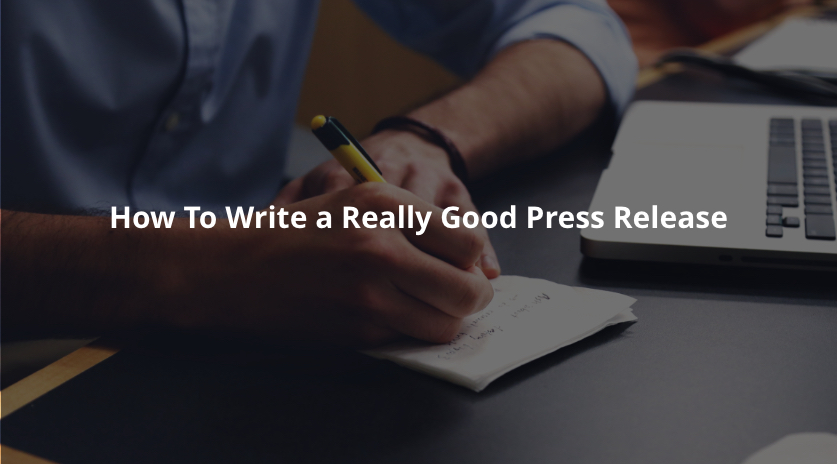There’s a reason why they say there’s no such thing as bad publicity: sometimes it can really give a jump-start to a business that has limited resources for marketing. At Xpand we are always analysing good marketing and PR campaigns to hone our skills further and to provide our clients with the most cutting-edge creative solutions to their marketing issues.
The term ‘controversial marketing’ can worry some clients but it shouldn’t do, as it’s a brilliant form of inbound marketing which is the most cost-effective marketing strategy today. Viral or controversial marketing campaigns can build brand awareness, attract extensive media coverage, and drive conversions to your business like no other method.
Even as we write this post, Nike is caught up in a scandal over the use of Colin Kaepernick in an ad – the athlete who sparked kneeling during the American national anthem to raise awareness of police brutality against African-Americans. The decision has caused a huge divide, with some praising Nike, and others literally burning their Nike products and swearing to never buy the brand again. BUT Nike has been trending on Twitter ever since the ad was released, and have generated massive national news coverage.
In this blog, we’d like to outline why being controversial sometimes can actually be a good route to take when outlining your marketing strategy and some examples of companies that have done it well. We also attempt to answer some common questions that you may have about viral marketing methods.
Ryanair’s ‘Spend A Penny’ Saga

Back in 2010, Ryanair announced that it was going to start charging its passengers to use toilets on board its planes. The media immediately picked up on this absurdity with headlines such as ‘Now you have to spend a pound to spend a penny’.
Ryanair had no intention of charging passengers to use their toilets but knew that they would get significant amounts of media coverage- for free!
And they did. A LOT of it.
Purchasing advertising space in national tabloids can cost hundreds of thousands of pounds. When Ryanair announced their plans for a toilet usage charge, they didn’t spend a single penny for their coverage (no pun intended!).
Another one of their controversial marketing campaigns included an extra charge for larger passengers as they take up more room on the plane. Ryanair thrives on controversial media coverage and due to its limited marketing budget, its outspoken chief executive Michael O’Leary has always taken the controversial route to gain publicity.
All of this has increased exposure for the brand and taken Ryanair from a fledgling company to becoming one of Europe’s top low-cost airline. A huge achievement in such a competitive industry.
Why It Works
Controversial marketing exerts an emotional response, and it’s this response that carries it to virality. People are pushed to take action, whether that’s to share it, like it, talk about it, search for it or any other engagement that occurs. Because controversial content causes an immediate response, it can stretch your marketing budget to places you never thought of.
Won’t it damage my brand?
Naturally, we understand that the thought of anything involving controversy may send a shiver down your spine. There are different types of controversy, and tapping into the right ones can actually help take your message to a broader audience rather than damage your brand.
Shock and unexpectedness: This sort of controversy is when your campaign is based around the shock element. Here people share the content or marketing collateral because it shocked them or it was something that they didn’t expect.
Taboo topics: This campaign involves a topic that isn’t discussed very openly. It is generally bought out in the open in a dramatic way, which sensationalises the content due to its nature.
Debatable Campaigns: This campaign generally presents both sides of the story, and normally is driven by the audience, readers or viewers. This works best when there are divided opinions on a topic that are poles apart.
Because the types of controversy mentioned above focus on data and rely on the audience to drive it, there is rarely any backlash for the company.
As a small business, these are great examples of how by creating a little controversy small businesses can utilise local and trade media to gain valuable exposure for their businesses, for free!
Of course, your campaigns don’t have to be as outrageous as the ones above but we just wanted to demonstrate how a little creativity in your PR could go a long way. If you are looking for a creative PR campaign then get in touch to see how we can help.

